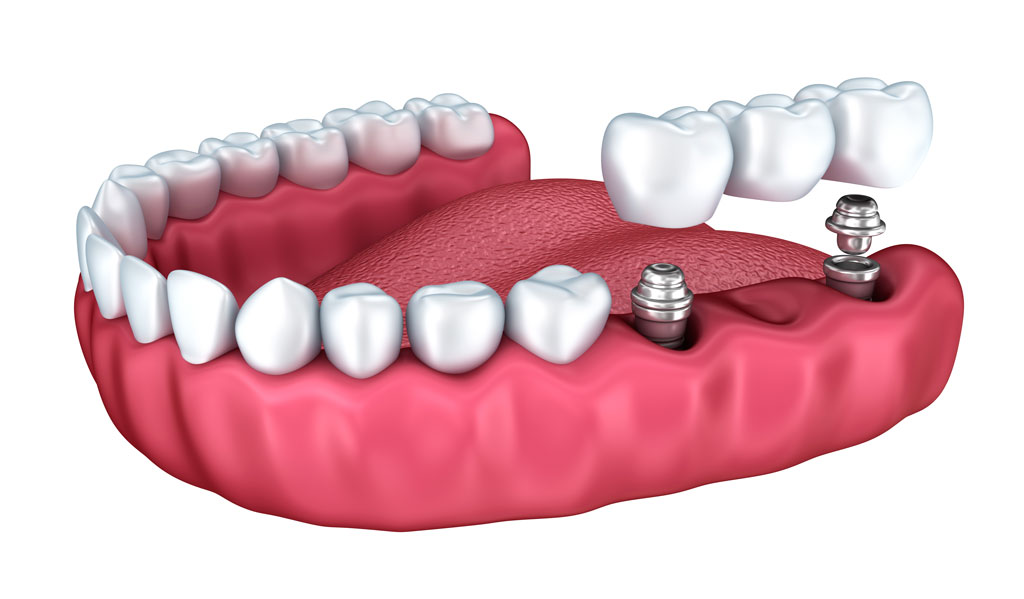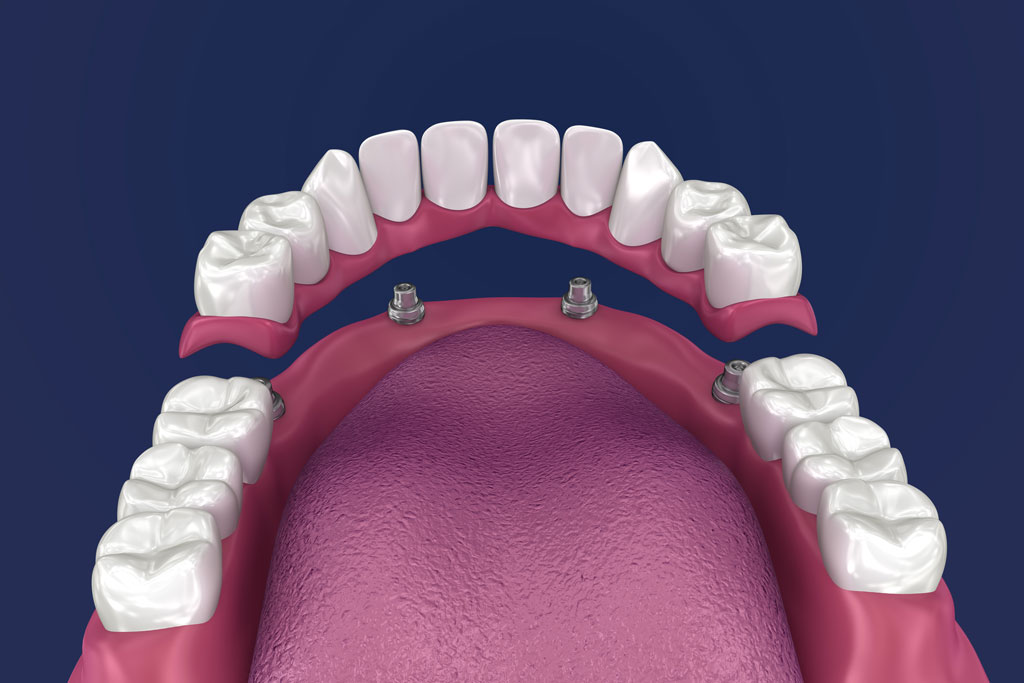Straumann Dental Implants
If you are considering dental implants, choosing the right implant system is just as important as choosing the right dentist. At our Richmond Dental Centre, we are proud to offer Straumann dental implants – one of the most trusted and respected implant brands in the world.
Why Straumann?
Founded in Switzerland more than 60 years ago, Straumann is widely recognised as a global leader in implant dentistry. Their implants are backed by decades of scientific research and clinical studies, and are used by millions of patients worldwide.
Choosing Straumann means:
-
Proven reliability – high success rates backed by scientific evidence
-
Swiss precision engineering – designed for strength, stability, and durability
-
Advanced surface technology – promoting faster and stronger integration with bone
-
Natural look and feel – designed to restore your smile seamlessly
-
Trusted worldwide – used in over 70 countries by leading dental professionals
What makes Straumann implants different?
Unlike many other implant brands, Straumann invests heavily in research and innovation. Their unique implant surface technology encourages faster healing and stronger integration with the bone, reducing treatment time and improving long-term success.
For patients, this means:
-
A shorter waiting period before receiving a crown or bridge
-
A higher chance of keeping the implant for life
-
Confidence in a system that has been proven again and again, across millions of cases worldwide
Straumann Implants at Our Richmond Clinic
At our clinic in Richmond, Straumann implants are placed with precision and care by our skilled clinician Dr. Tiago. Using advanced planning tools and techniques, we ensure the implant is positioned perfectly for long-term health and natural aesthetics.
Whether You are replacing a single missing tooth, several teeth, or need full mouth rehabilitation, Straumann implants provide a world-class solution for restoring Your smile and confidence.
Book Your Consultation
If You are considering dental implants, don’t settle for less than the best. Straumann implants offer a lifetime solution that is strong, reliable, and beautifully natural.

0% Finance Available
We offer the following surgical treatments:
Book an implant consultation with surgeon Dr.Tiago

SINGLE TOOTH REPLACEMENT
Current science supports valid evidence that dental implants are a better solution to other treatments such as conventional bridges or dentures.
In case of a bridge, the missing tooth replacement needs to be bonded to the adjacent teeth. That type of restoration might compromise the adjacent teeth, the teeth might need to be trimmed down. There is the additional issue of placing the unnecessary pressure and weight on the adjacent teeth not to mention the additional risk of bridge de-bonding. This happens often when there is a strong bite.
Similarly a denture can destabilise adjacent teeth and move during eating or speaking.
A dental implant has the benefit of functioning as an independent item and not having to rely on adjacent teeth. It has the additional benefit of stimulating the bone to stay dense and ever get stronger. Either bridge or a denture is not able to provide that.
MULTIPLE TEETH REPLACEMENT
In cases where more than one tooth is missing a multiple implants can be placed in the same jaw bone.
It is worth noting that in general it is more suitable to keep natural teeth separate from implants as implants are rigidly attached to the bone but natural teeth move very slightly as these are being supported by periodontal ligament in the bone. Periodontal ligament is a form of suspension and a shock absorber for the natural dentition.
Groups of missing teeth can be replaced with a bridge supported by dental implants. One of the examples could be a replacement of three teeth in one quadrant of the mouth. The heavier the biting forces the more implants are necessary. The advantage is not having to prepare the adjacent teeth to support the bridgework.
The benefit is such that the construction of implant supported bridge does not rely on the remaining dentition.


DENTURES: stabilising dentures with implants
Loose dentures can be stabilised with either two or three implants in the lower – bottom – jaw. In the upper jaw – top jaw- this can be achieved with a minimum of four implants.
The “clip on” mechanism allows dentures to be secured and safely positioned.
This option is usually more cost effective than fixed bridgework.
Frequently patients upgrade to fixed bridgework from dentures after a while. Patients find that dentures “can age” sometimes and may alter speech a little. However it is a very good alternative in cases where budget is constrained. What’s the next step?
To find out how our skilled dental implant dentist can help you to eat better and feel more comfortable, call us today to book Your consultation.
Fixed Bridgework
Implant supported bridge looks very similar to a conventional dental bridge. The difference is that it is fully supported by implants only.
Frequently, in case of implant supported bridge, one implant is placed in the jawbone for each missing tooth. Then the crowns are joined together to form a continuous piece.
In other cases the implants might be placed at a small distance to each other to suspend a bridge over the area with insufficient bone presence etc.
When is it used?
- When more than one tooth is missing
- When there is a risk that the patient is clenching or grinding the teeth putting too much pressure on individual implants in the bone. The bridgework is there to protect the implants and spread the heavy bite forces into the entire structure.
- When there isn’t enough bone in the jawbone or the location is too close to a nerve or a sinus cavity in the upper (top) jaw.
Typically four to six implants are required to support entire dental arch. Where the bone is limited, it may take just four dental implants. If plenty of jaw bone is available, more implants may be placed to support a series of smaller bridges or individual teeth where aesthetics play a role.

All-on-4
Developed in the 1990s this revolutionary procedure uses just four implants where the bone of the jaw is most dense. The 4 implants are placed at a specific sites and specific angle to support a bridge of 12 teeth. The temporary bridge is then attached on the same day so patient is never left without the teeth.
After approximately 5/6 months when the healing took place in the jaw and implants have integrated with the bone, a titanium based permanent bridge is fitted.
This solution is ideal for patients who have lost teeth over the years and had to suffer ill fitting dentures as a result.
To arrange an initial examination and consultation, contact us at in**@*********************co.uk or telephone on 020 3441 8182.
BONE GRAFTING
Where he tooth or teeth were extracted a long while back, bone loss may occur. In areas where bone is thin or too soft the bone graft might need to be placed in order to secure and hold the implant. If the bone cannot support the implant, it may cause the digitally placed implant to fail.
How is the procedure carried out?
In cases where a lot of bone is missing, it may be possible to rebuild it using it the bone material from another part of the body. This usually requires a short hospital procedure.
However, in a case where a smaller section of the bone is missing, the surgeon can place a special bone grafting material.
We use a material which allows the cells of the body to remodel the graft into a normally functioning bone. After a few months restored jaw will have enough bone thickness for a placement of a dental implant.
The advantages are
- Relatively readily available bone substitute
- No second surgical site
- Clinically proven effectiveness
- Great track record of safety
Typically it takes approximately 6 moths before implants can be placed after the bone graft placement. Please enquire with one of our clinicians to ask about bone grafting.








